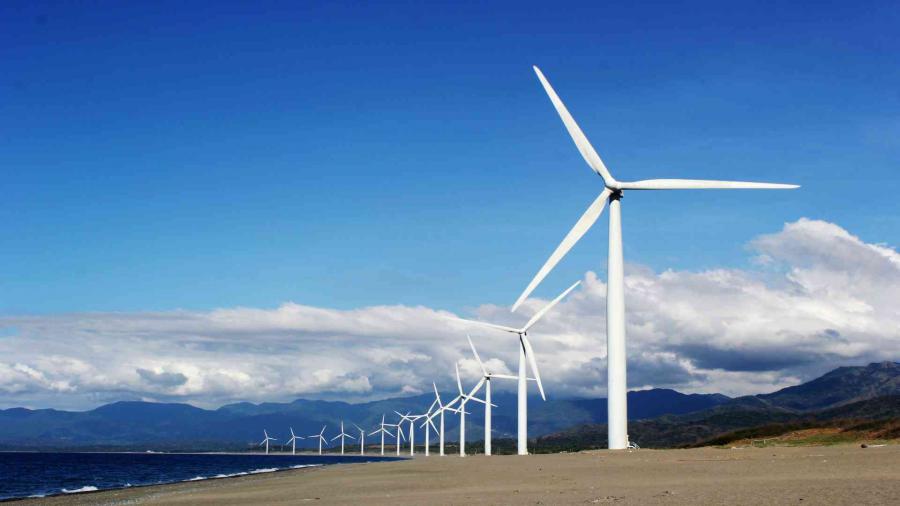
Clean Energy: California On Track To Lead the Way
California is on the path to clean energy by achieving 85% by 2030. With this, the state strives to become a clean energy leader in the United States.
NEW YORK CITY, NEW YORK, January 31, 2023 /EINPresswire.com/ -- California Can Achieve 85% Clean Energy by 2030
California is on the path to clean energy. With its goal of achieving 85% Clean Energy by 2030, this state strives to become a clean energy leader in the United States and set a benchmark for other states to follow.
How will California Achieve its Goal?
As California pursues its clean energy goals, reliable and sustainable energy sources become increasingly important. According to new research, the state can confidently attain 85% clean electricity by 2030.
This is possible through renewable energy sources, battery storage capacity, power trading with neighboring states, flexible demand, and keeping existing power plants operational where necessary. With this mix of solutions, a cleaner grid will provide greater reliability than ever.
States across the country are also recognizing wind, solar, energy efficiency, and storage as major elements of their clean energy future. State regulators and elected officials are critical in accelerating the deployment of clean energy.
These leaders can reduce reliance on traditional generation forms like natural gas by enacting meaningful policy changes that incentivize clean demand-side resources like efficiency measures or distributed generation. Furthermore, improved regional coordination among states can provide greater access to clean energy from neighboring regions.
Policies to be Implemented
California is a global leader in lowering greenhouse gas emissions while supplying increasingly clean power to a diverse and large population of electricity consumers, around 40 million people.
For many years, energy-efficiency measures have kept massive state energy consumption flat. A sequence of increasingly ambitious renewable portfolio standards has accelerated the implementation of clean energy production from renewable resources such as wind and solar.
The California Public Utility Commission (CPUC) adopted a new Preferential System Plan for power suppliers to reduce emissions of greenhouse gases by 86% by 2032.
This plan establishes an aggressive target of 38 million metric tonnes (MMT) of emission reductions by 2030 and 35 MMTs by 2032, representing a significant shift from current levels.
In addition to this plan, Telos Energy and GridLab published a technical report with accompanying policy reviews from Energy Innovations highlighting additional actions required to achieve California’s clean energy transition.
A Cleaner Grid will Lead to a More Equitable Future
Investing in an equitable clean electricity transition is key to building a healthier, more sustainable future for California and its communities. Clean energy portfolios that replace natural gas units can help reduce pollution levels, improve public health outcomes, and create job opportunities with economic benefits.
The technical study “Resource Diversity” recommends retiring 11.5 gigatonnes (GW) of existing gas capacity in California to ensure the state’s electricity grid remains reliable with increased renewables. The companion policy report goes a step further, advising that priority should be given to phasing out gas plants near or in disadvantaged communities by 2030, to reduce the state’s reliance on gas as soon as possible.
This is a larger effort to achieve social equity and environmental justice goals by transforming energy. Several agencies, including the CPUC, have made advancements in this area, but more work is needed to speed up the retirement of these gas plants.
To make it, state agencies and policymakers need to look at the root causes of why natural gas is continuing to be used. There are many options available for replacing natural gas with clean energy sources – one fascinating approach would be using demand-side resources such as battery storage or flexible loads that provide system reliability while reducing greenhouse gas emissions.
Policymakers Should Increase Resource Diversity
Resource diversity occurs in many forms: supply resources (offshore wind distributed solar or geothermal), demand flexibility, resource location (different locations offer complementary profiles), and close collaboration with neighboring states.
Using findings from this technical report, the police report demonstrates how a diverse array of clean resources could provide even greater benefits to the state’s rapidly changing grid. These benefits include lower land-use and transmission requirements, increased feasibility of meeting clean energy targets, reduced impacts on disadvantaged communities, and enhanced resiliency.
California’s Rapid Transition to Clean Energy
With the initiative of the clean energy transition, California is moving away from an economy dominated by fossil fuels to one based on renewable sources. Companies like FEAM (5E Advanced Materials) aim to play a vital role in this mission. FEAM is a California-based mining company that will proceed to mine its boron resource, an essential ingredient in renewable energy technologies. It’s important in wind turbines, solar cells, and lithium batteries. Boron also helps reduce environmental impacts when used as an additive in cement production and other industrial processes.
Brendan McMahon
BORATES TODAY
editor@borates.today
Visit us on social media:
Facebook
Twitter
LinkedIn
Distribution channels: Chemical Industry, Energy Industry, Mining Industry
Legal Disclaimer:
EIN Presswire provides this news content "as is" without warranty of any kind. We do not accept any responsibility or liability for the accuracy, content, images, videos, licenses, completeness, legality, or reliability of the information contained in this article. If you have any complaints or copyright issues related to this article, kindly contact the author above.
Submit your press release
